This post may contain affiliate links. Please read our disclosure policy.
Tahini sauce is an essential sauce in Lebanese and Middle Eastern cooking. My easy Lebanese tahini sauce recipe with lemon juice, garlic, salt and a secret ingredient found in every kitchen will make a smooth, luscious sauce every time. Looking for the best tahini? Find a great Lebanese Tahini in my shop.
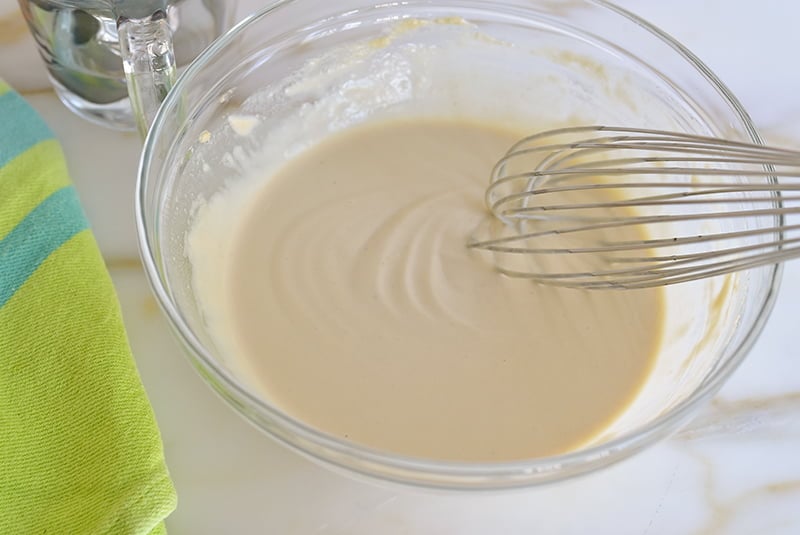
Lebanese tahini sauce is one of the best flavor makers in our kitchen. This sauce is lemony, garlicky, smooth and luscious. I like to keep tahini sauce on hand at all times for an easy way to ramp up flavor. Finish dishes like Authentic Lebanese Falafel, Homemade Beef Shawarma, Lebanese Grilled Kafta with tahini sauce goodness. I can’t imagine eating a shawarma wrap without it! Yotam Ottolenghi makes a phenomenal roasted cauliflower with sauce that is on my hit list, such a Middle Eastern favorite.
Follow my guide for the right ingredients, step-by-step instructions, and a couple of simple tricks to make authentic tahini sauce just the way we like it: glossy, smooth, and delicious.
Watch my video tutorial:
What is tahini?
Tahini (or tahina) is made of one ingredient and one only: sesame seeds. Sesame seeds are ground to a fine, smooth “paste” to create tahini.
Sometimes the sesame seeds are toasted for a darker tahini, and sometimes they are raw, for a lighter tahini. But tahini is always made with ground sesame seeds.
Tahini often separates in the jar, so the sesame oil must be stirred well into the sesame seed paste before use. The tahini paste can harden a bit at the bottom of the jar.
What does tahini taste like?
The flavor of good tahini reminds me of unsweetened, unsalted nut butters: thick, lush, somewhat bland. I love to call tahini “adult peanut butter.” Mixed with other ingredients in a silky smooth sauce, tahini becomes even more delicious and flavorful with a creamy texture.
Origin of tahini
Like many Middle Eastern foods, each culture would like to claim tahini as their own. We know the origin of tahini is ancient, centuries old, originating in Greece, Persia, Israel, Iran, Lebanon, Syria…you get the picture.
Tahini is long known for its nutritional qualities because it is high in monounsaturated and polyunsaturated fats.
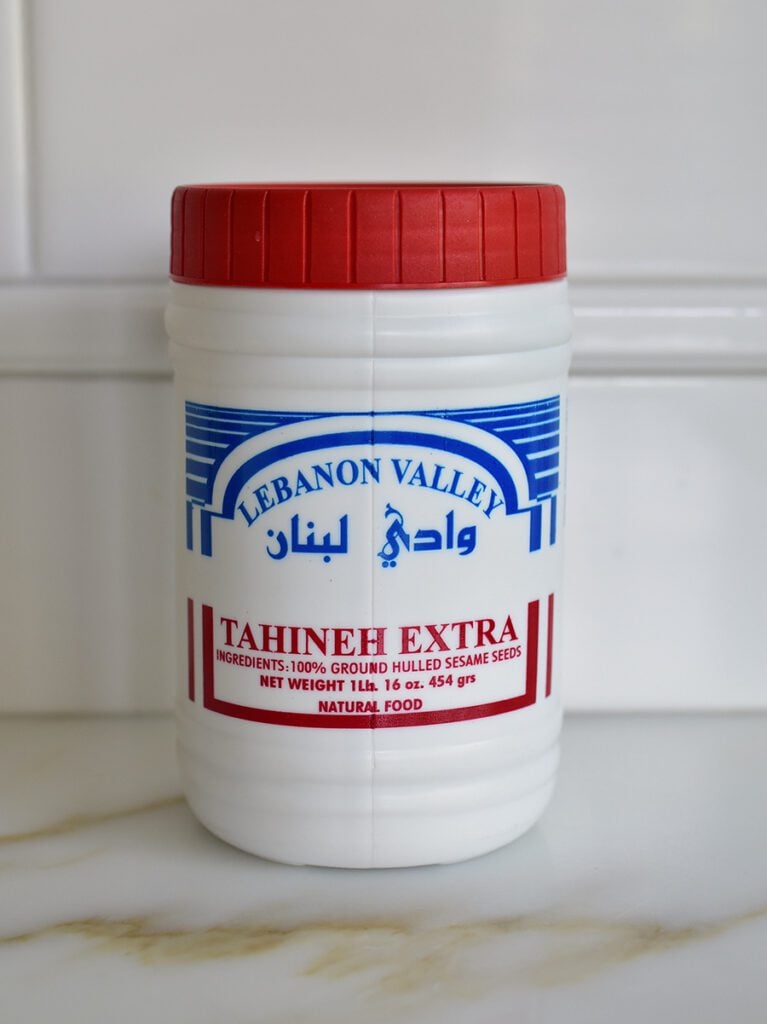
What is the best brand of tahini?
To find the best tahini, it’s a tasting game. And a stirring game. Tahini, which is simply pureed sesame seeds, likes to separate oil from solids. Those solids can become sludgy in the base of the jar, making the rest of the tahini oily, thin, not so good.
I have tasted more tahini than I can count in search of the very best in class. Look for little to no solids at the bottom of the jar, a creamy look and mouthfeel (!), and pleasant bitterness–which means not much bitterness.
I may be biased, but the reality is that the Lebanese tahini brands are my very favorite tahini brands!
The best tahini has little to no separation of ground sesame and oil. It is less bitter, smooth, and stirs easily.
If you have not liked tahini when you’ve tasted it, that’s likely because the brand you’ve had is too bitter. Bitter is not a given; many tahinis are creamy and nearly “sweet.”
Best tahini brands: Lebanon Valley Tahini, Al Kanator, Cedars, and Soom.
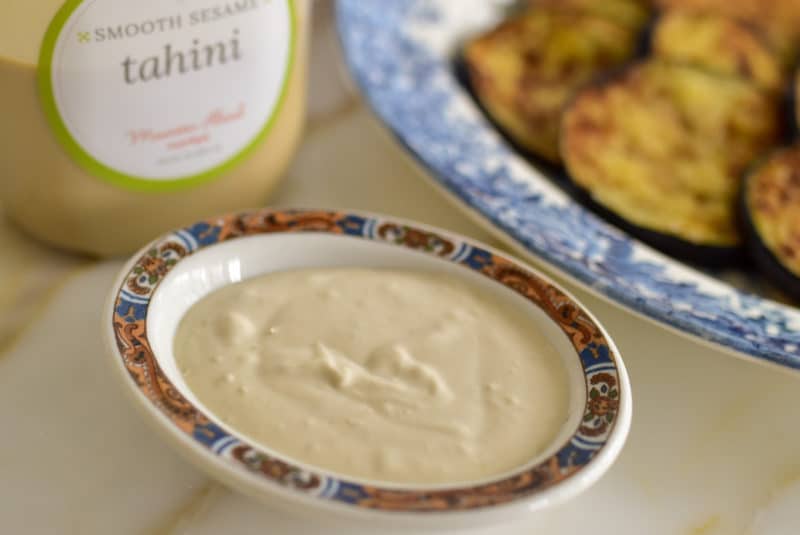
What is tahini sauce?
Tahini sauce is not the same as straight tahini. The sauce is a combination of a few basic ingredients to make a smooth, flavorful sauce. The consistency is like salad dressing, or slightly thicker, to pour, drizzle, or dip.
How do you use tahini sauce?
Tahini alone, as an ingredient, adds complexity and flavor to Lebanese dips like my Best Homemade Hummus recipe and Lebanese Baba Ganoush.
Tahini sauce is not the same as straight tahini. The sauce is a combination of a few basic ingredients to make a smooth, flavorful sauce. The consistency is like salad dressing, or slightly thicker, to pour, drizzle, or dip.

Ingredients to make authentic tahini sauce
An easy tahini sauce requires just a few basic ingredients, which means they all should be excellent:
Tahini
Lemon Juice. Fresh is best! Vary this with fresh lime juice.
Garlic. Use a fresh garlic clove for great garlic flavor, or granulated garlic powder.
Salt
Ice Cold Water
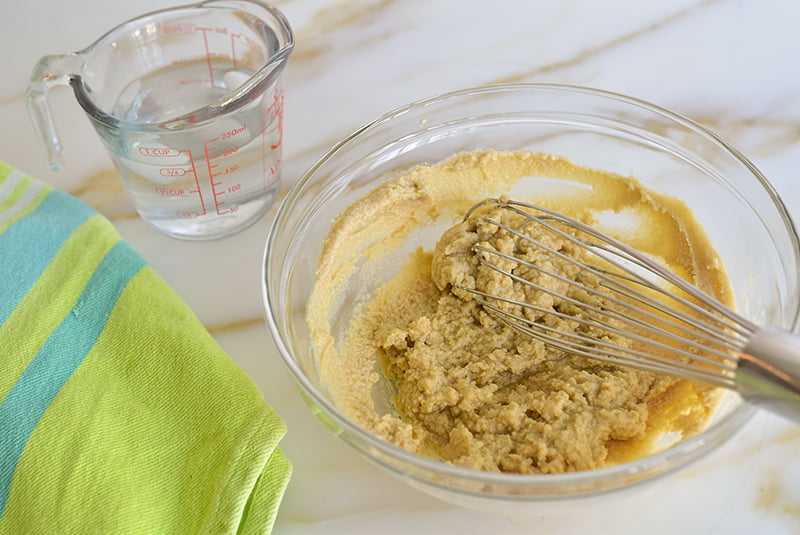
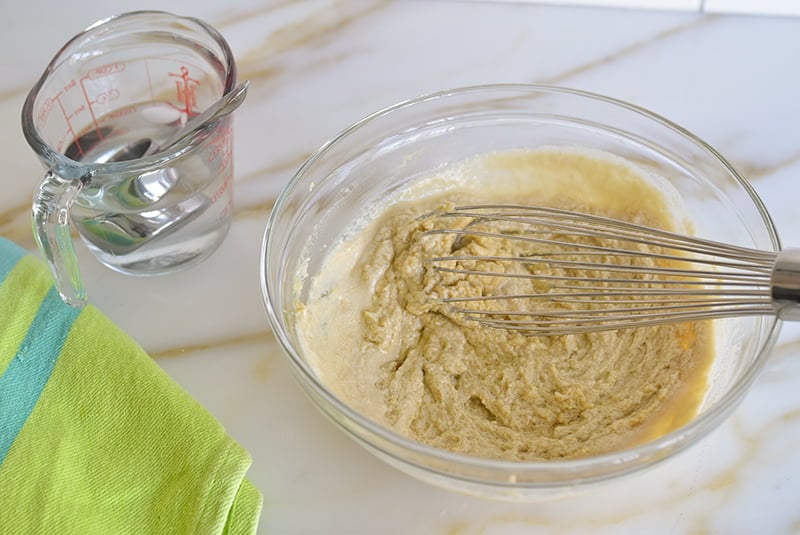

How to make the best tahini sauce.
Step 1. Mix the lemon juice with minced garlic. Allow this to “steep” and marinate for about 10 minutes. Strain the lemon juice and discard the garlic. We do this to soften the zest of the garlic and to make it as smooth as could be.
Step 2. Whisk or use a food processor to mix the garlicky lemon juice, tahini and salt. Watch now what happens—the mixture seizes and gets very lumpy.
Step 3. Cure the lumpiness! The fix here could not be easier: simply add ice cold water and whisk or process until you get a smooth, creamy sauce. Add more water, if needed, to get you there.
Tips for making authentic Lebanese tahini sauce.
Tahini seizes when mixed with liquids such as must-have fresh lemon juice. In cooking, seizing means the smooth liquid (tahini, or melted chocolate) gets stiff and clumpy.
Knowing that tahini seizes, and how to fix it, is the key to how to make a great sauce! Fix the seized mixture with the addition of ice cold water.
You may only need a little water to smooth out the mixture; it’s best to start with less water and add more as needed.
Pay attention to your garlic. To soften the flavor of the garlic and to make an ultra-smooth tahini sauce, use minced garlic to flavor the lemon juice, then discard (or use elsewhere). Another option is to simply use granulated garlic powder instead of fresh garlic in your sauce. Certainly you can stir the garlic right into the sauce and flavor will be delicious even though the sauce won’t be entirely smooth.
Take it slowly. Add the cold water a little bit at a time, taking care so the sauce is not too thin or too thick. Look for the consistency of salad dressing, or slightly thicker.
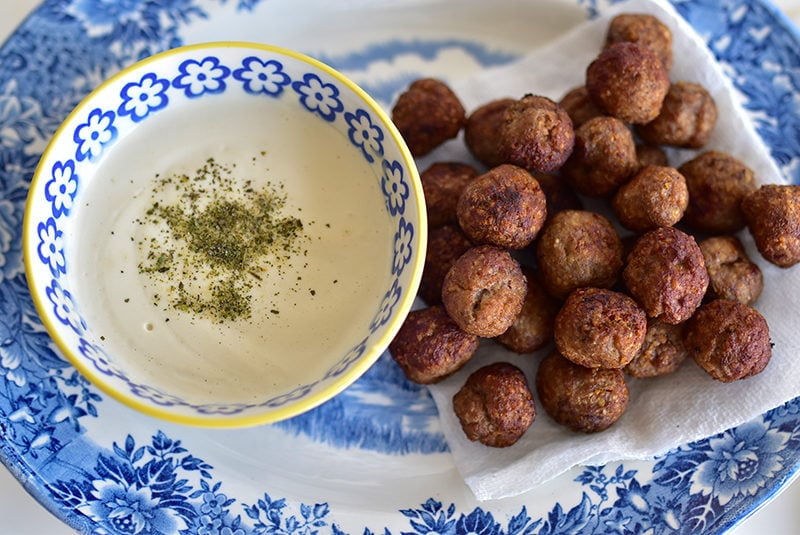
Frequently Asked Questions
Tahini is available in most any grocery store. The tahini brands noted above may be found in your local Middle Eastern markets, or online.
Oh gosh, start with a spoon! Uses are many. Serve alongside authentic Lebanese and other Middle Eastern favorites such as Grilled Chicken Shawarma, Kibbeh Bites with Tahini Dipping Sauce, Authentic Lebanese Falafel, and more. The sauce is also glorious on avocado toast and as a dressing for salads, or a dip with fresh veggies.
Store it in an airtight container in the refrigerator. It lasts for at least a week and usually much longer than that. Bring to room temperature and give it a whisk before serving.
Store your jar of tahini in the pantry, the same way you store peanut butter.
I like to serve platters of shawarma, eggplant, or fried cauliflower with a bowl of the sauce on the side. Sometimes I use a little pitcher that makes it very easy to pour the sauce. A shower of chopped fresh parsley or mint on top looks very appetizing.
Both tahini and tahini sauce have similarities, but they are not the same. Tahini is sesame paste. It is the main ingredient in tahini sauce, but not the only ingredient! The sauce includes lemon, garlic, salt, and water. Yogurt tahini sauce is also excellent, with great tang from plain yogurt (Lebanese laban).
My recipe, and most sauces in this style, are vegan. Some recipes may call for yogurt to make yogurt tahini sauce, and those are not vegan recipes.
It is easier to make the sauce thinner than it is to thicken, so take care when adding water and lemon juice to begin with. Top make it thicker, add more tahini. It may also need a touch of water or lemon juice if the added tahini makes it lumpy.
Add more cold water or lemon juice, or a combination of the two, to make it thinner. Add the liquid slowly to achieve the desired thickness.
Recipes with Tahini Sauce
Fried Kibbeh Bites with Tahini Dipping Sauce
Lebanese Spicy Fish with Tahini and Pine Nuts
Roasted Butternut Squash with Tahini and Pine Nuts
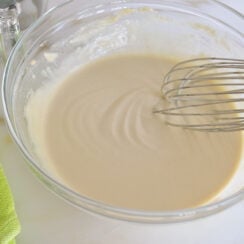
Tahini Sauce Recipe
Ingredients
- Juice of 1 lemon
- 3 cloves garlic, minced, or 1/4 teaspoon granulated garlic powder
- 1/2 cup tahini
- 1/4 teaspoon salt
- 1/4 cup ice cold water, and more as needed
Instructions
- If using fresh garlic, in a small bowl mix the lemon juice with minced garlic. Allow the mixture to “steep” and marinate for about 10 minutes. Strain the lemon juice into a medium sized bowl and discard the garlic.
- Whisk the tahini with the lemon juice, garlic powder if using, and salt. The mixture will seize and become clumpy.
- Add the ice cold water one tablespoon at a time, whisking with each addition, until the mixture is smooth. The finished sauce should be thin enough to pour but thick enough to dip, comparable to the thickness of stirred sour cream or labneh.
Notes
Nutrition
Nutrition information is automatically calculated, so should only be used as an approximation.
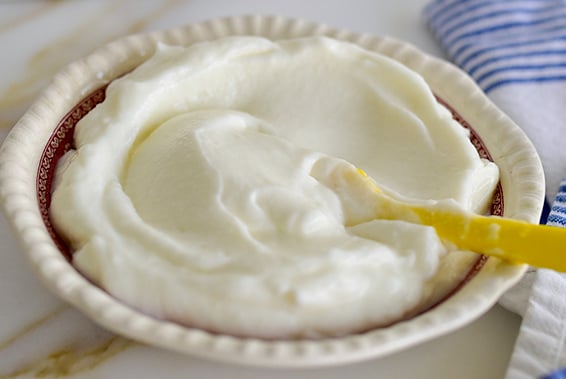
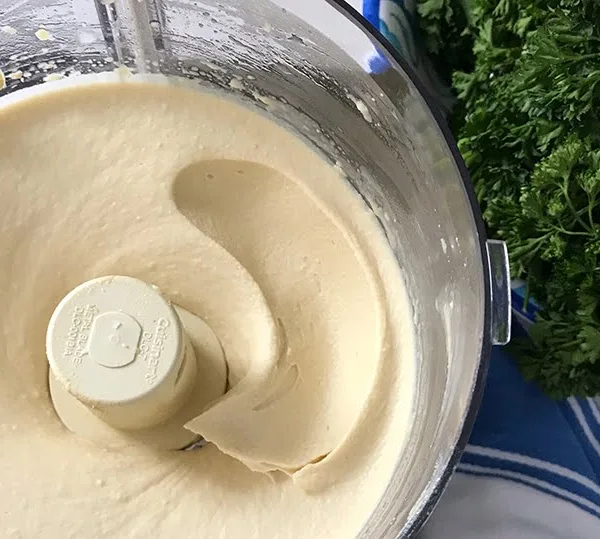
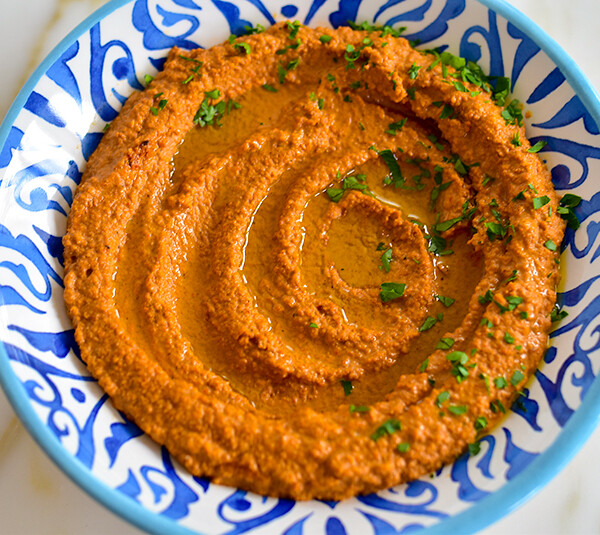
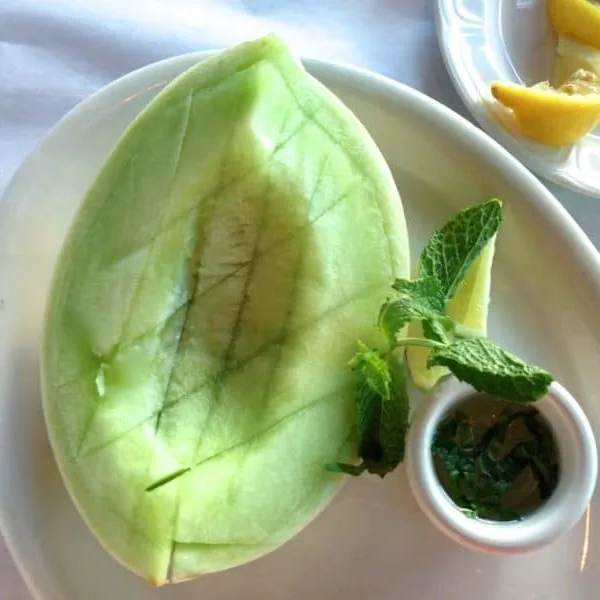







What about the garlic with the tahini sauce you forgot to mention in the video.
Thank you, missed it! Do add the garlic with the lemon as per the recipe. You can strain it out if you don’t like the little lumps it creates but it sure is good for flavor. Or, use garlic powder, also delicious!
Thank you for the great recipe for Tahini Sauce.
This suggestion comes from an American born person with roots in England and Scotland. I love middle eastern food. My Lebanese neighbor is arthritic and I have offered to pick grape leaves for her from our yards. I don’t know what kitchen magic goes on after giving the leaves to her but, the stuffed grape leaves she shares with me are the best. !!!
What kitchen magic
Ohhhh special!! Great story, thank you!
You’re the best sweet one
Hugs to you dear Janet!
I have a dilemma. I absolutely cannot find the “ultimate grape leaf.” Each time I decide to roll some grape leaves, I usually try a different brand hoping to find “the one.” However, that has not happened so I pose the question to you…
I looked on your site and don’t see them for sale, so I was hoping you might be able to pass along your comments, recommendations for a brand of grape leaves.
It’s such a bummer to open a jar and find them too thick or so thin that they rip while you are trying to separate them!!! Frustrating!!!
Also, I live in south Florida and have actually tried growing them myself, but to no avail. I tried but they never thrived. Also, I really don’t have a green thumb… 🙁
Anything you can pass along would be very much appreciated.
Thank you!!!
Janice I feel your pain! Jarred leaves can be unpredictable. I look for Yergot or Orlando. When they’re huge I cut them in half. I have also purchased a Greek brand, Krinos, that were workable.
Hi Janice,
I find that if I empty the grapes leaves from the jar, any brand, and immerse them in warm water for a few minutes, separating them gently, that they are most always in good condition. I transfer them to a large colander to allow the excess water to drain and then cover them with a damp towel so that they do not dry out!
Wow! What a simple way to make the tahini smooth. I’d have never thought to do the ice water. I’m going to make it today as my husband loves fish (not my like) & I love
Tahini dip.
Thank you for all the wonderful, warm stories which accompany your recipes. Gosh! Brings so many forgotten memories. Love your recipes. Made waddah eneb, Llosa stuffed, khoobuz, all from your inspiration. Today laban!!!